White Castle | Visit Amazing Welsh Castles
White Castle, also known as Castell Gwyn, is a well-preserved Norman fortification in Monmouthshire. Built in the late 11th century, it formed part of the defensive strategy along the Welsh Marches, alongside nearby Skenfrith and Grosmont.
Together, these became known as the “Three Castles.”
It stands out for its striking white-rendered stonework and large water-filled moat. Though now a ruin, it offers a clear impression of its original layout and military purpose. Over the centuries, it passed through the hands of Marcher lords, English kings, and royal administrators. Today, it remains an impressive example of medieval military planning.
Quick Facts
Date of construction: Late 11th century, around 1067–1075
Location: Llantilio Crossenny, Monmouthshire, South Wales
Who built it: Likely commissioned by William fitz Osbern, Earl of Hereford
Key purpose or historical use: Built to control the route between Abergavenny and the borderlands, and to secure Norman power in the Welsh Marches
A Brief History
The castle began as an earth and timber motte-and-bailey fortification in the late 11th century. It was likely established by William fitz Osbern, a key ally of William the Conqueror. Its original purpose was to guard a strategic route into Wales and secure Norman control in the region.
By the early 12th century, the castle came under royal ownership. In 1135, King Stephen gave it to the powerful Marcher lord, Pain fitz John. Over the next century, it passed between several lords and was periodically strengthened. Around 1186, the Crown took back direct control, marking a new phase of development.
In the mid-13th century, under the reign of Henry III, the castle was extensively rebuilt in stone. The round mural towers and deep moat seen today date from this period. The work was probably overseen by Hubert de Burgh, Justiciar of England, who also modernised nearby Grosmont and Skenfrith.
The castle’s defensive strength was never fully tested in battle. As Welsh resistance declined and the border stabilised, its military importance faded. By the late 14th century, it was used more as a manor and administrative centre. After the English Civil War, it fell into disrepair.
Today, it survives as a dramatic ruin with intact curtain walls and towers. It remains one of the finest examples of Marcher military architecture.
Features and Layout
The castle was designed with defense in mind. Its most distinctive feature is the wide water-filled moat that surrounds the inner ward. This added a strong layer of protection and still partly holds water today.
The castle is divided into two main parts: an outer ward and an inner ward. The outer ward was likely used for stables, storage, and servants' quarters. It is enclosed by a stone curtain wall, which offered basic defence.
The inner ward is more formidable. It has a high curtain wall reinforced by six large D-shaped towers, built from red sandstone. These towers gave defenders a wide field of fire and created strong flanking positions. The south tower includes a spiral staircase, offering access to the wall walk.
The gatehouse is especially impressive. Built in the 13th century, it had twin towers and a drawbridge over the moat. Arrow slits and murder holes protected the entrance. Although the drawbridge and portcullis are gone, the structure still shows how hard it would have been to force entry.
Within the inner ward, little survives of the domestic buildings. There may have been a hall and private chambers, but they were likely built in timber and have not lasted. The clear division between the outer and inner wards reflects the castle’s military focus rather than comfort.
Images

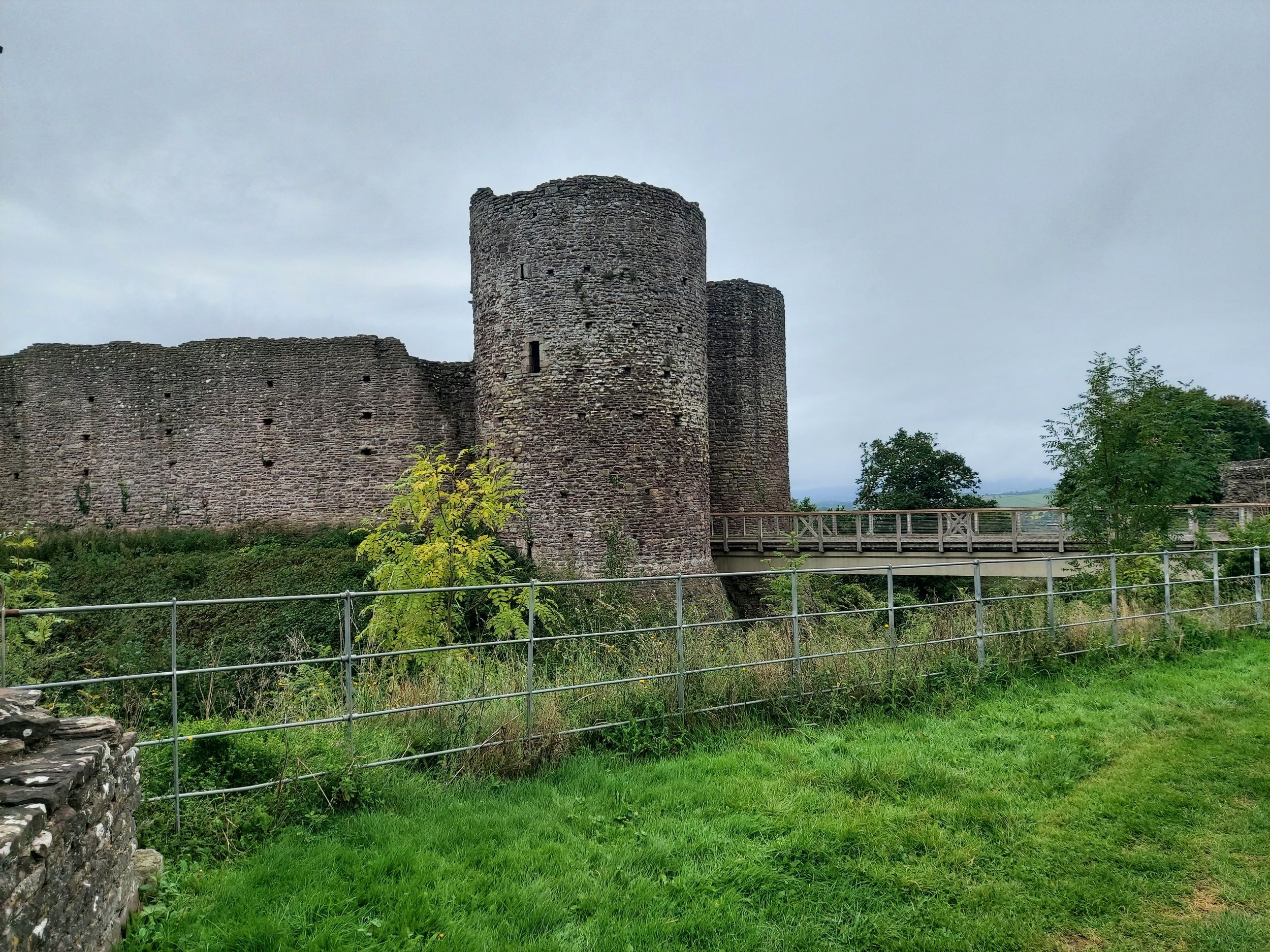
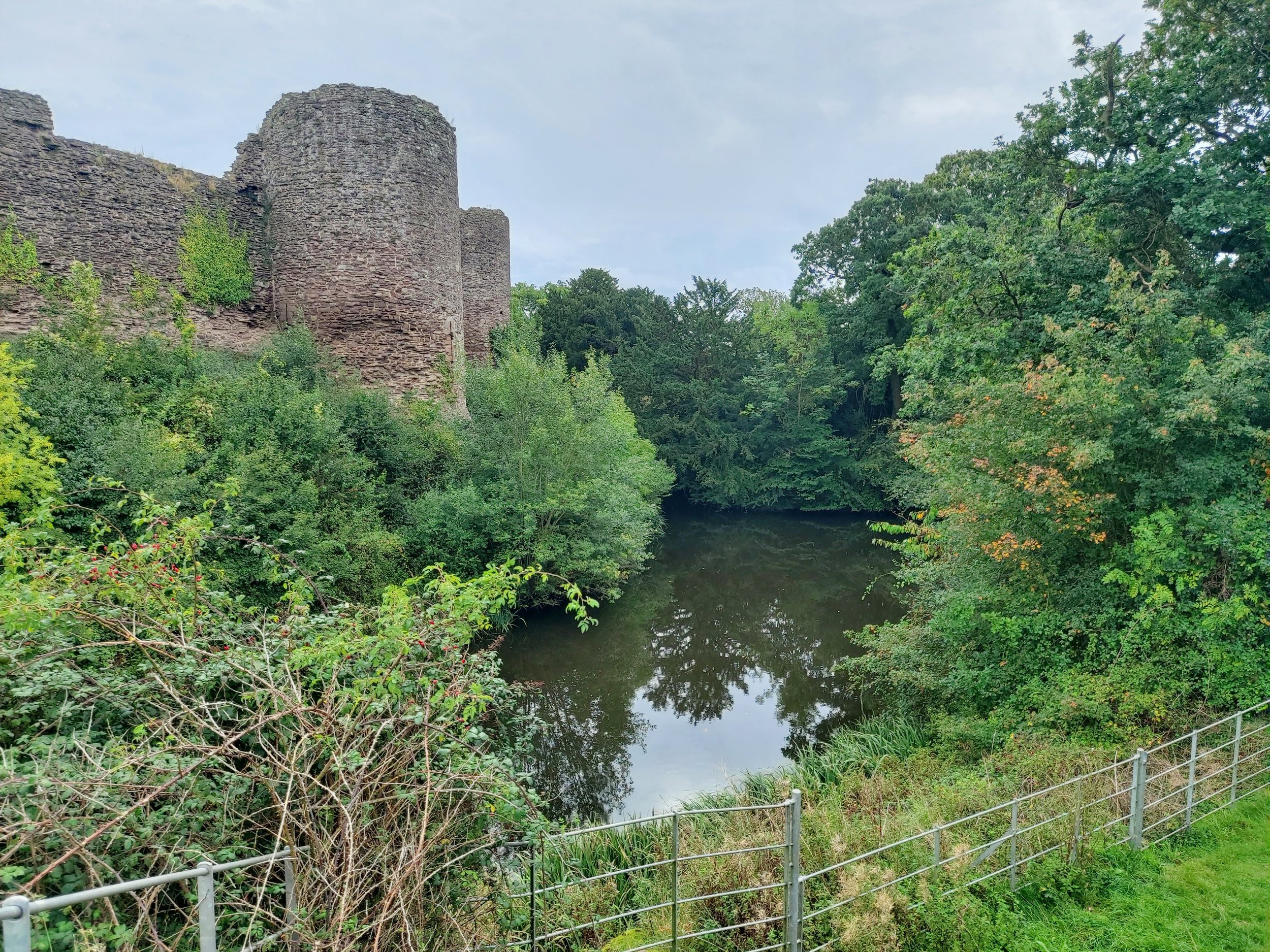

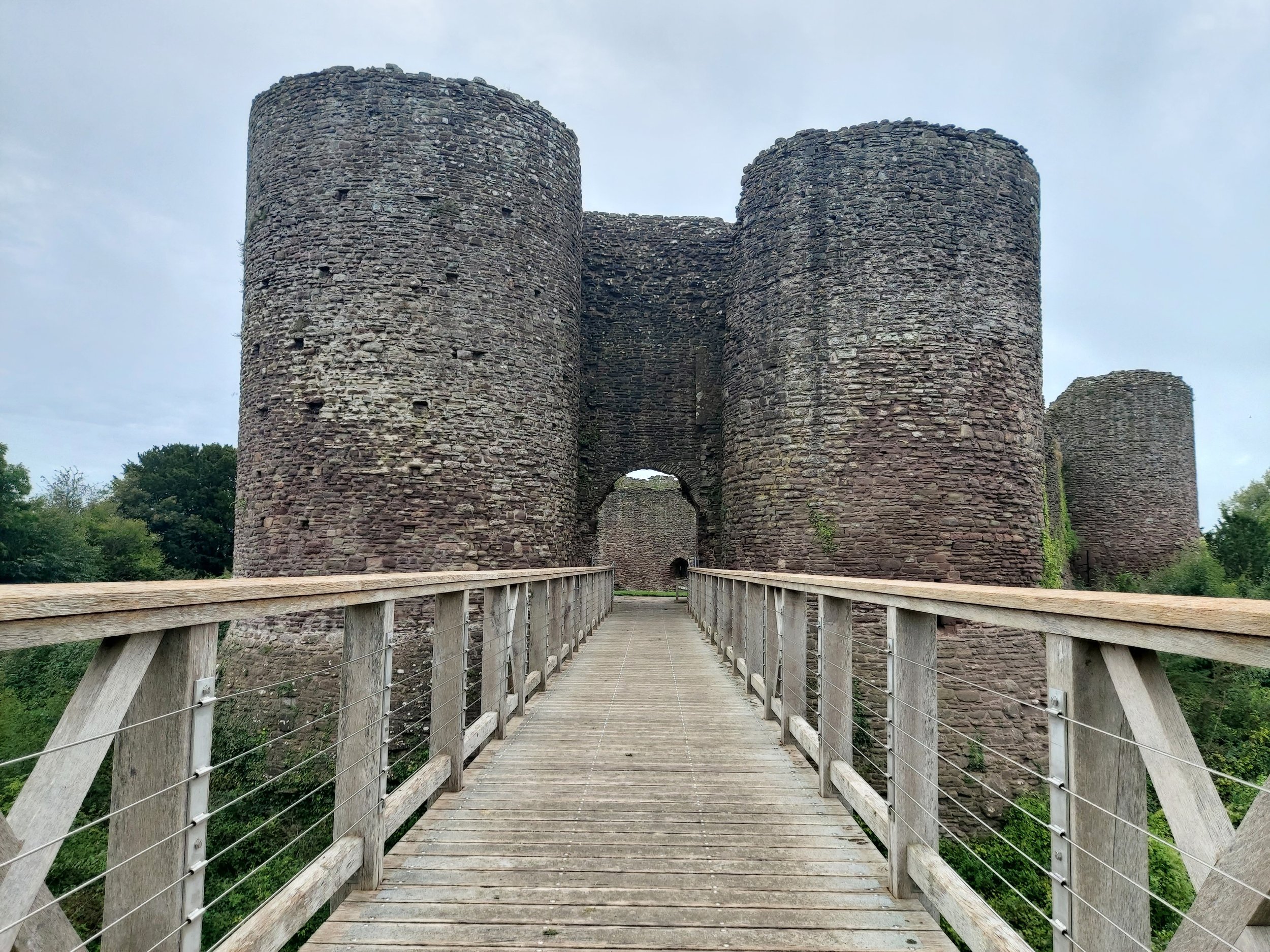
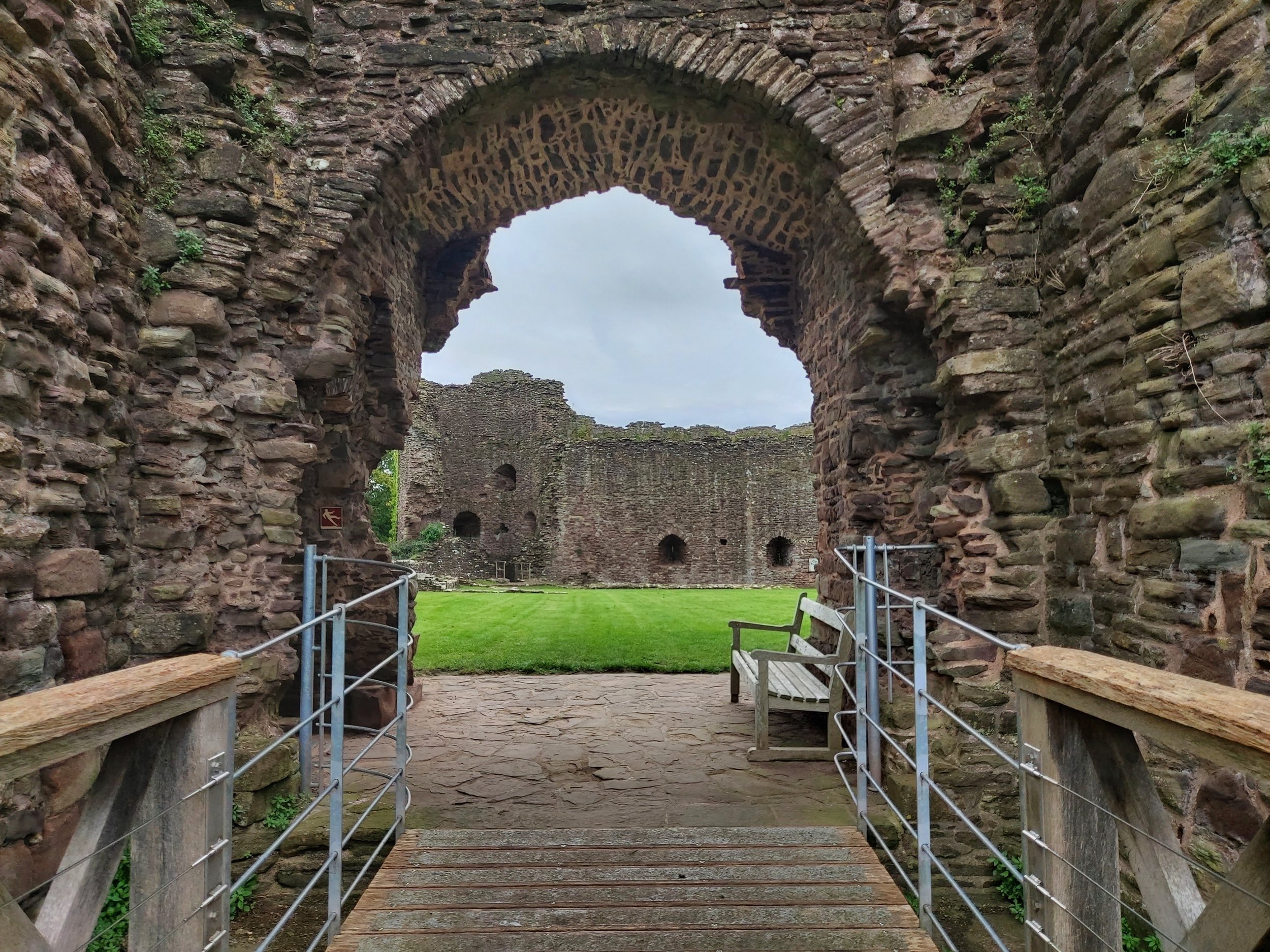
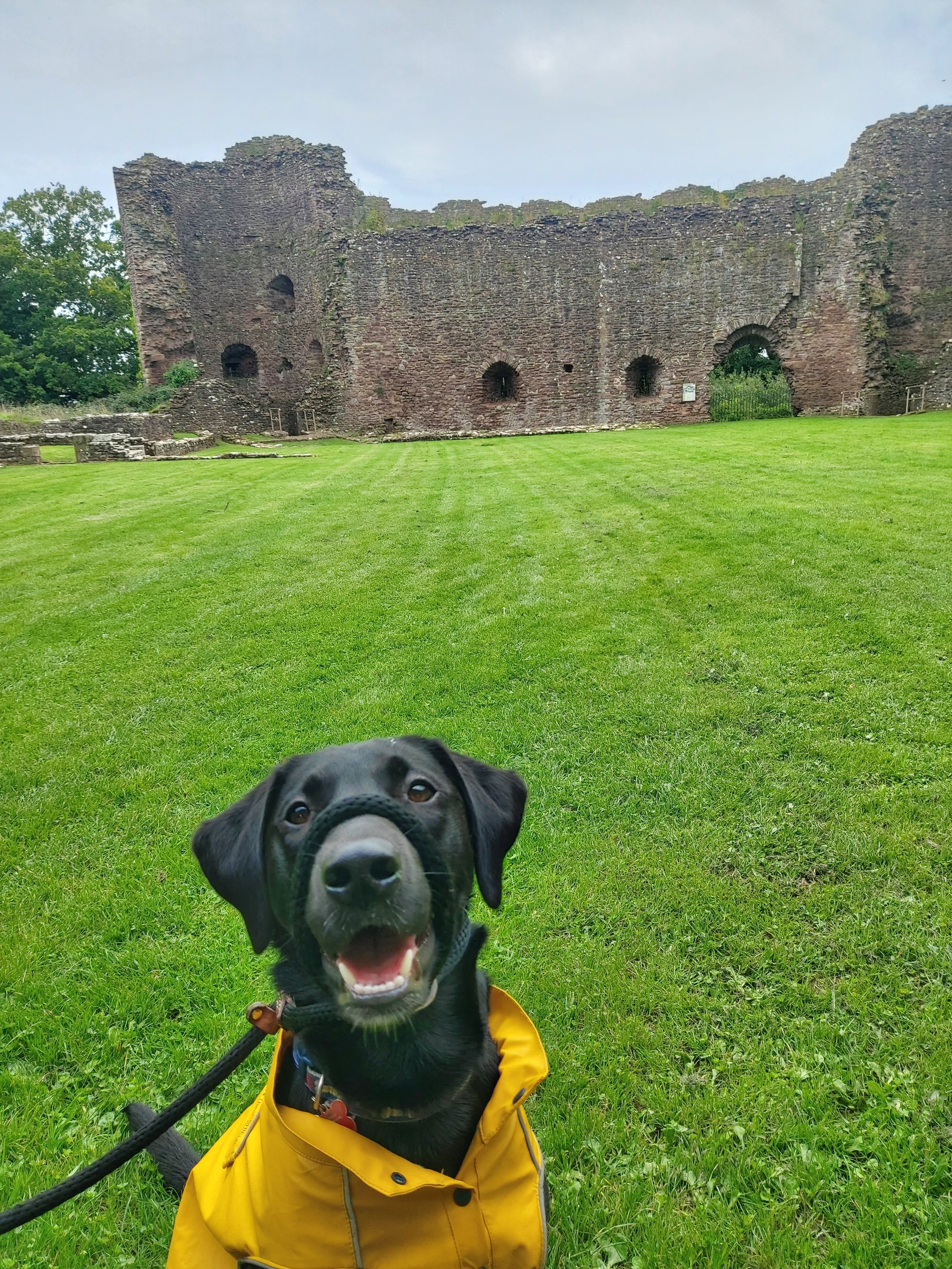

Legends and Stories
Unlike many medieval castles, it has few well-known legends or ghost tales. Its history is grounded more in military strategy than myth. However, its association with the “Three Castles”, White, Skenfrith, and Grosmont, has led to some local speculation.
One popular story suggests that the castles were built in a single night by a giant, dropping them into place like stones on a board. While not grounded in fact, such tales reflect the visual impact these three strongholds still have on the landscape.
Some visitors have also reported a sense of eerie calm at The castle, especially around dusk. The tall towers and isolated setting give it a quiet, watchful atmosphere. Though not linked to any specific haunting, it’s a place where the past feels close.
Visiting
Opening times
Open year-round: 10:00–16:00 daily.
Closed on 24–26 December and 1 January.
Last admission is 30 minutes before closing.
Ticket prices
Entry is free. There is no need to book in advance.
Directions and transport
The castle is located near Llantilio Crossenny, Monmouthshire. The postcode for sat nav is NP7 8UD.
It is easiest to reach by car. From Abergavenny, take the B4521 east for around 6 miles. There is a small, free car park near the entrance.
Public transport is limited. The nearest railway station is Abergavenny. From there, a taxi is recommended.
Facilities and accessibility
The site has no toilets or café. Paths are uneven and grassy, with some steep slopes and steps. Wheelchair access is limited, but the outer ward is partially accessible with help.
Dog policy
Dogs are welcome on leads.
Nearby Attractions
The castle is in a rural part of Monmouthshire, but there are several nearby places worth visiting.
Skenfrith Castle and Grosmont Castle
Part of the same group of Norman fortifications. Both are free to visit and within a 30-minute drive. Exploring all three makes for a rewarding day trip into Marcher history.
Abergavenny
About 6 miles away, offers shops, cafés, and the Abergavenny Museum and Castle. It's a good base for visitors and has regular events and a popular market.
Offa’s Dyke Path and Three Castles Walk
Both pass close to White Castle. These walking routes explore the surrounding hills and provide wide views over the borderlands. The Three Castles Walk is a circular 19-mile route that links White, Skenfrith, and Grosmont.
Llanthony Priory
Another peaceful historic site. The ruins of this 12th-century monastery are about 15 miles west.
Visitor Tips
Wear sturdy footwear: Paths around the castle are grassy and uneven. After rain, they can become muddy or slippery.
Bring water and snacks: There are no shops or cafés on-site. You’ll need to bring your own provisions, especially if walking the Three Castles route.
Check weather in advance: The site is exposed and offers little shelter. Dress for the conditions and bring sun protection or waterproofs as needed.
Mobile signal is limited: In some areas around the castle, reception can be weak. Download maps or directions beforehand if you’re unfamiliar with the area.
Avoid peak times: It rarely gets crowded, but weekends in summer can be busier. If you want a quiet visit, aim for weekday mornings.
Bring binoculars or a camera: The views from the castle towers look out over open countryside and are good for spotting red kites and other wildlife.
FAQs
-
Yes, dogs are welcome as long as they are kept on a lead. Owners should clean up after their pets.
-
Access is limited. The outer ward is partially accessible with help, but much of the site has uneven ground and steps. There are no paved paths.
-
No. There are no toilets or catering facilities on-site. The nearest options are in Abergavenny.
-
No. Entry is free and there is no booking system.
-
Most visits last 30 to 60 minutes. If you're walking between the Three Castles, allow most of a day.
-
No. Cadw does not allow drone use at unstaffed sites without written permission in advance.
Wrapping it Up
The castle is a strong example of medieval military design in the Welsh Marches. It’s a quiet, atmospheric site with striking towers and a wide moat. You don’t need long to explore it, but it pairs well with visits to Skenfrith and Grosmont nearby.
The site is unstaffed and free to enter, which makes it an easy stop on a wider journey through Monmouthshire. Whether you’re walking the Three Castles route or just pausing for a peaceful hour, it offers a view into the frontier life of medieval Wales.

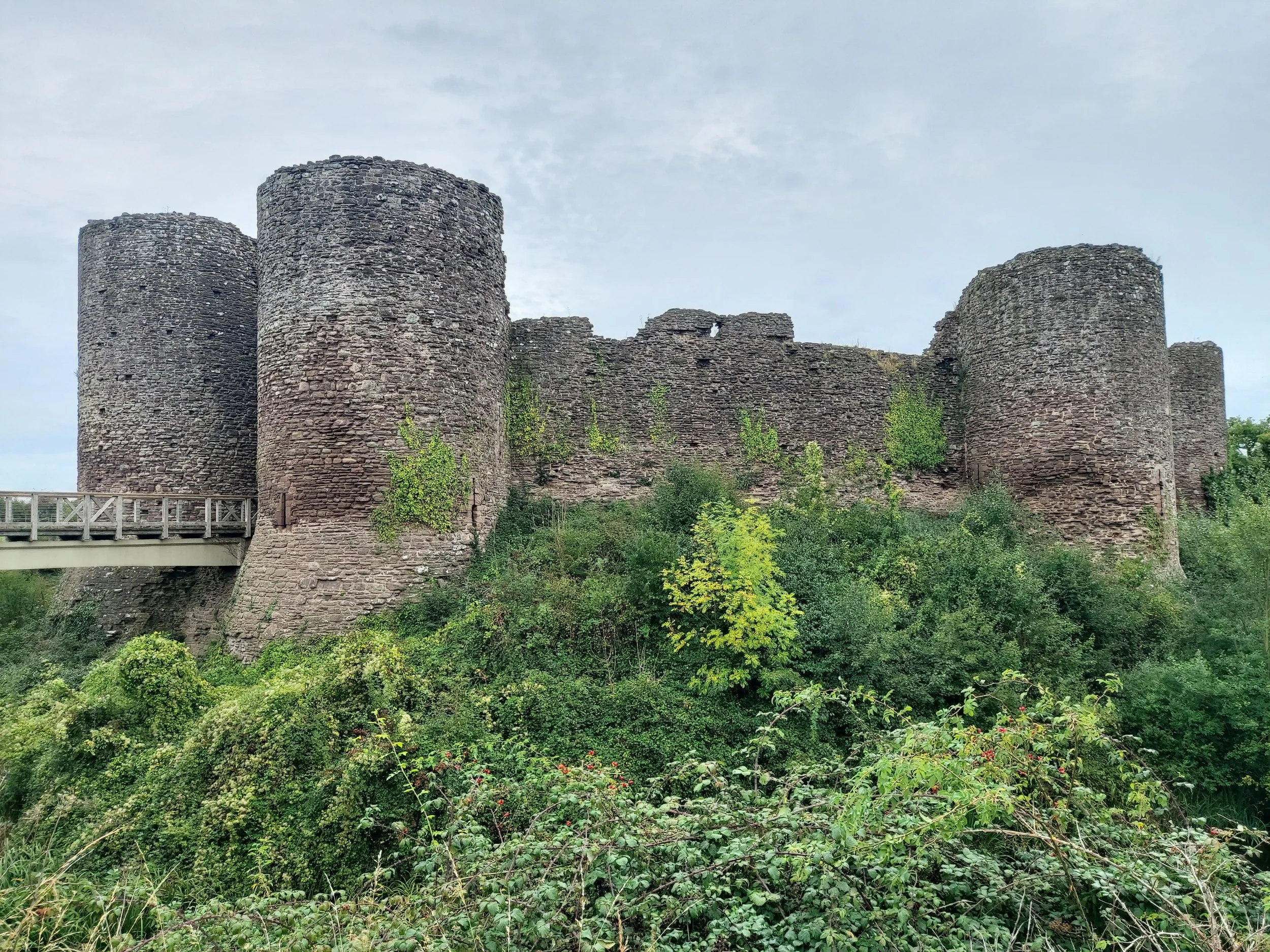
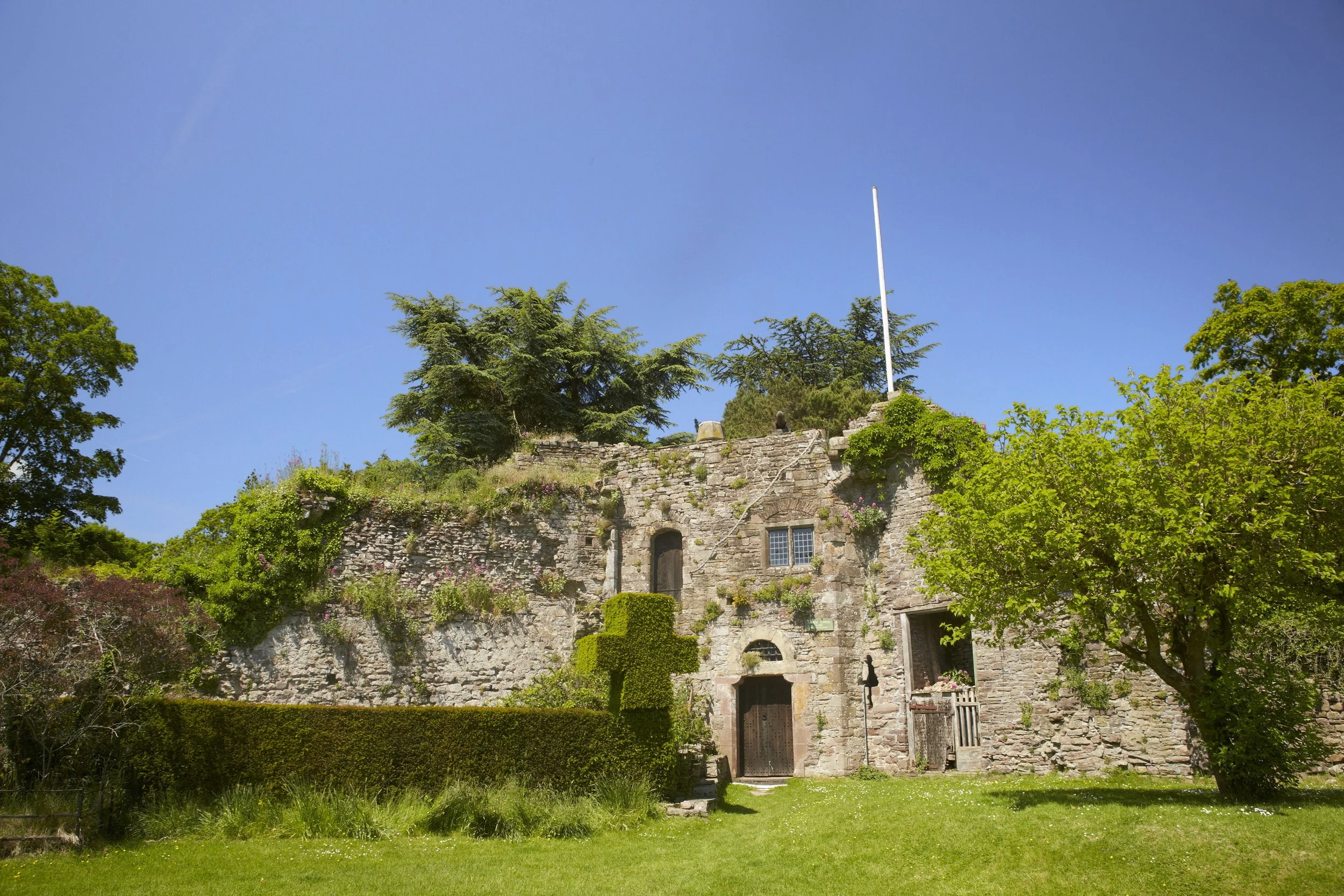

Cardiff Castle is a medieval and Victorian-era site in the centre of Cardiff, the capital of Wales.